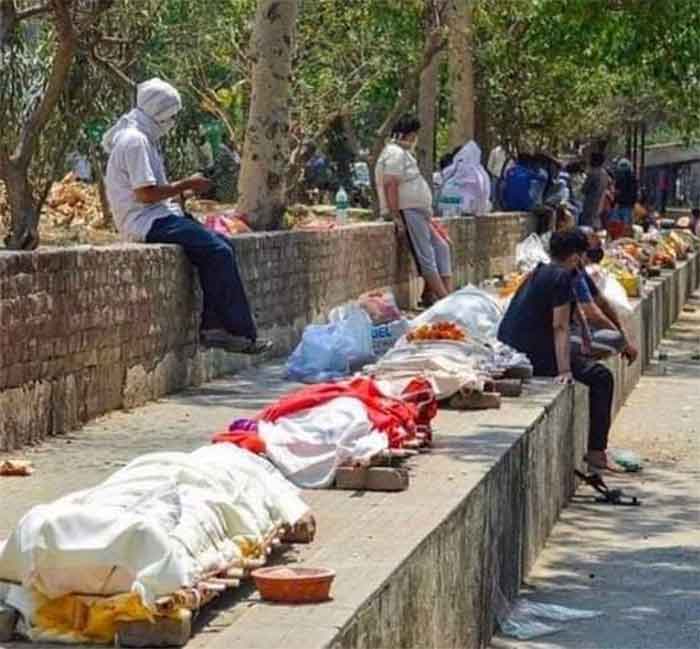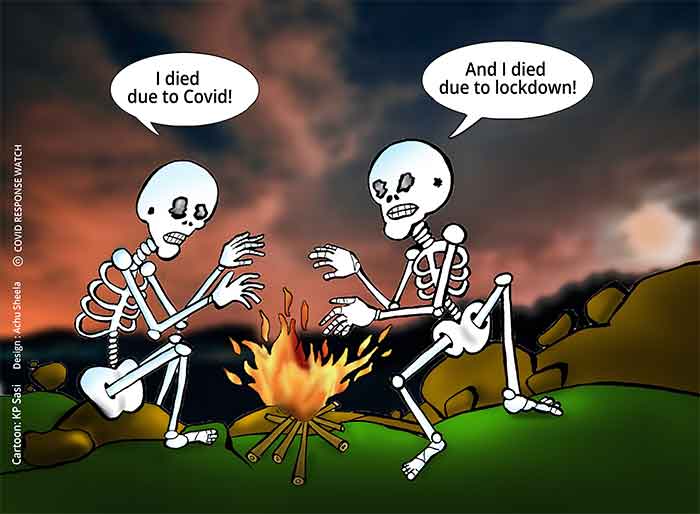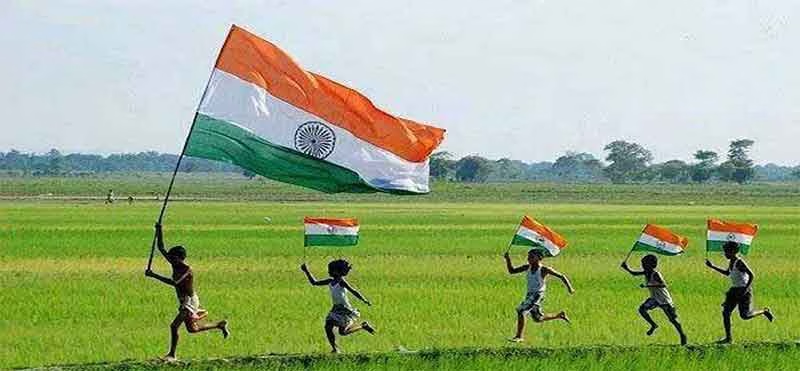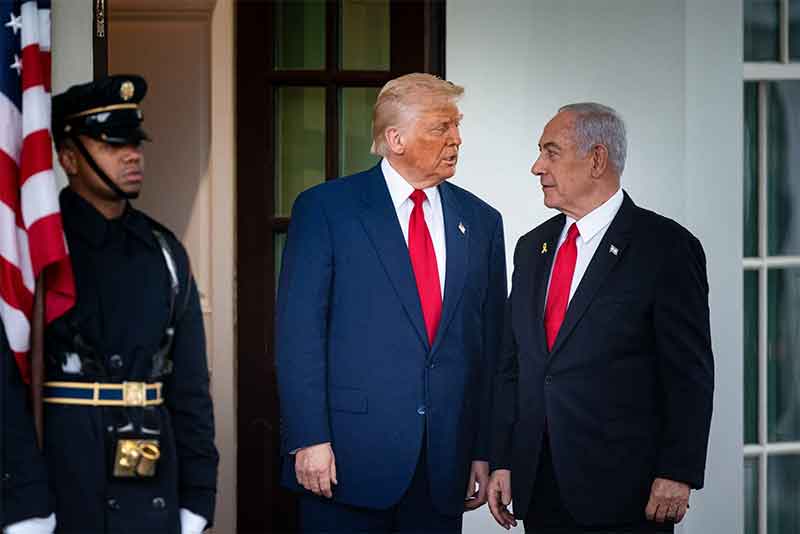
Ever since the detection of the first COVID—19 positive case in Wuhan China, the pandemic has swept over almost the entire globe and has landed us in extremely frightening, challenging and testing times. The virus has made us face a serious public health crisis and changed the whole world overnight. Tens of thousands have lost their lives and more than a million and a half have been exposed to the infection worldwide. Thousands of new positive cases and deaths are reported every passing day. Among various precautionary measures that need to be taken and health advisories issued by the medical fraternity and the government from time to time, maintaining ‘social distance’ has been chiefly advised. A remarkable thing about the Covid—19 is that it has popularised the idea of ‘social distancing.’ The idea is becoming strikingly debatable.
To me, the term “social distancing” is a misnomer. “Physical distancing” is a better term than “social distancing.” My argument is based on two things. One, that social connections are crucial to human development and mental health. Two, the importance of knowing the art of staying connected while staying in. Aristotle, the legendary Greek philosopher was right in saying that “Man is by nature a social animal.” Humans are innately and fundamentally social beings which makes a bit difficult for them to stay away from others. Although physical distancing is must, we have to stay socially connected in the COVID crisis.
Physical, mental, and social health are vital threads of life and are deeply interwoven and interdependent. Many academicians across the world have been emphasising on the significance of strong social bonds. Olshansky once said, “History has shown us that collaborative, mutually supportive communities are the ones that are the most successful at sustainably recovering from large disasters.” It is good to notice that even WHO has announced a change in its terminology by stressing on the use of ‘physical distancing’ rather ‘social distancing.’ Staying in isolation at home needs actively staying social. If social distancing means the staying far enough from people to limit the spread of the virus from one person to the other, then it is perfectly alright. But social isolation is definitely a serious concern having serious repercussions at this critical juncture.
As doctors are continuously saying that Coronavirus spreads mainly through respiratory droplets with the coughing or sneezing of people, it is highly recommended to maintain a safe physical distance to limit transmission of the virus. Social distancing is interpreted in terms of the avoidance of communication with each other. The idea should not give a sense of a more separate and individualistic society. Mental wellbeing is equally important and social distancing or isolation is never good for mental wellbeing. At this time, it is absolutely essential to maintain physical distance but it should not be at the cost of social disconnection from our loved ones. While hearing the sad news of the thousands of new COVID positive cases and deaths every day, emotional support should come to our rescue through staying in touch with our loved ones and talking to them.
True that COVID—19 cases are jumping up in Kashmir, but how can we forget the decades of violence and conflict in our valley which has taken a huge toll on the mental health of Kashmiri people. Kashmiris have been badly suffering from mental distress, anxiety, and depression, and have experienced conflict-related trauma, depression, anxiety disorder, etc for a long time now. As we all are stuck in homes, there are a good number of ways which can enable us to reach out and connect with others. Emotional connection, fellow feeling, togetherness, and community building can be maintained through electronic devices like mobile phones and laptops and can prove highly imperative for our mental health. There are so many online formats which can help in staying in touch with each other. We can share lifesaving information with one another and survive. Strong social ties, mutual trust, and cohesion can save us in a substantial way in getting through disasters.
Staying home is crucial to stop the spread of the virus, but maintaining strong ties with the loved ones is equally important to improve our mental health. Since it is very unclear how long the pandemic will last, staying home for extended periods can make people feel unsettling. Social communication and interaction through various means of non-physical communication or the use of technology is quite necessary and paramount to mental health. In these difficult times, social bonds and family ties have a more crucial role to play and social connections are needed more than ever. Keeping contact with the loved acquaintances are vital to boosting morale and maintaining mental health as isolation has highly negative impact on mental health.
So instead of “social distancing,” isn’t it good to practise “distant socialising?” Better internet services can serve a little antidote. But alas! Jammu and Kashmir is enjoying 2G internet services. I don’t understand how come it is possible for our students to learn through online mode in these times. I am not able to watch 5 minutes video on YouTube without buffering, how can they connect through it for hours together. Still no issues, like always, we will face these hard times together again and shall overcome one day. With whatever means possible, staying connected with the dear ones will make people happier and healthier. We should not let “physical distancing” become “social distancing.” Medical reports reveal that social isolation can be more challenging. We must make our connections as rich as possible.
Agreed that physical distance certainly means a reduction in social contacts, let’s concentrate on reducing physical contact while maintaining to whatever extent possible the social ties and connections that help us stay healthy. As Faraz says, “Qurbaten laakh khoobsurat ho / Dooriyun main bhi dilkashi hai abhi.” Physical, social, and psychological health should go hand in hand. Maintaining a safe physical distance and staying socially connected must go together. Steps need to be taken to manage depression, isolation, emotional vacuum, and anxiety arising out of the pandemic. People can connect via phone, video chatting, or social media instead of meeting in person till the pandemic is over. Social distancing should be different from “socialising” or “social isolation” and should never be at the cost of losing psychological health. The slogan must be—“Stay apart, but stay connected.”
Suraya Haidar is a PhD Scholar (Department of English) at Central University of Kashmir and can be mailed at [email protected].
SIGN UP FOR COUNTERCURRENTS DAILY NEWS LETTER
















































